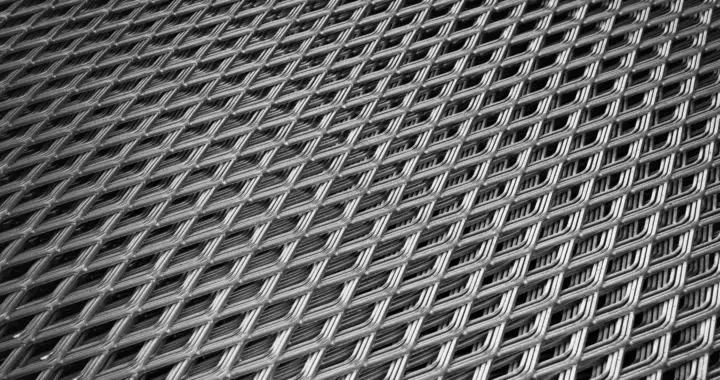The Importance of Temporary Safety Fences in Construction and Public Spaces
In construction and public spaces, safety is paramount. One of the essential tools in promoting safety is the temporary safety fence. These barriers play a critical role in protecting workers, pedestrians, and the surrounding environment from potential hazards. As urban development increases and construction projects become more complex, the need for effective safety measures becomes even more crucial. This article explores the significance of temporary safety fences, their benefits, types, and best practices for implementation.
What is a Temporary Safety Fence?
A temporary safety fence is a temporary barrier set up to demarcate hazardous areas, control access, and ensure the safety of individuals in and around construction sites or public events. These fences can be made from various materials, including plastic mesh, chain-link, or solid panels, depending on the level of security required and the nature of the project.
The Significance of Temporary Safety Fences
1. Protection from Hazards Construction sites often contain various hazards, including open trenches, heavy machinery, and hazardous materials. Temporary safety fences serve as a physical barrier to prevent unauthorized access and minimize the risk of accidents. This is particularly important in high-traffic areas where pedestrians may inadvertently enter dangerous zones.
2. Legal Compliance Many jurisdictions have regulations requiring safety measures around construction sites. Installing a temporary safety fence is often a legal necessity that ensures compliance with local building codes and occupational health and safety regulations. Failure to comply can lead to fines and work stoppages, highlighting the importance of these barriers in maintaining operational legality.
3. Public Awareness Beyond physical protection, temporary safety fences serve to inform the public about ongoing works and potential risks. By clearly marking off areas under construction, they alert pedestrians and visitors to exercise caution, thereby reducing liability for contractors and site managers.
4. Security In addition to keeping people safe, temporary safety fences also play a role in securing equipment and materials at a job site. Theft and vandalism are common concerns in construction, and a well-erected fence can deter unauthorized access to valuable tools and machinery, safeguarding both property and worker safety.
Types of Temporary Safety Fences
Temporary safety fences come in various types, each suitable for different circumstances
temporary safety fence

- Plastic Mesh Fencing Lightweight and easily portable, this type of fence is ideal for construction sites that require quick setup and takedown. It provides a basic level of security and visibility.
- Chain-Link Fencing More robust than plastic mesh, chain-link fencing offers higher durability and security. It is often used for larger construction sites and can be topped with barbed wire for additional protection.
- Panel Fencing Solid panels are often employed at events or areas requiring more privacy and enhanced security. This type of fencing is remarkable for creating a controlled environment, blocking view, and reducing noise.
Best Practices for Implementing Temporary Safety Fences
1. Assess Site Needs Before installing a temporary safety fence, assess the site for specific hazards and determine the appropriate type of fence to use. Consider the height, material, and visibility required to best protect the area.
2. Follow Regulations Always adhere to local laws and regulations regarding safety measures at construction sites. Consult with safety officers or local authorities to ensure compliance.
3. Regular Inspections Conduct routine checks on the condition of temporary safety fences to ensure they remain intact and effective. Look for damage, leaning sections, or gaps that may need repair to maintain safety standards.
4. Engage with the Public If a construction project is in a high-traffic area, consider additional visible signage or information boards to further inform the public about safety protocols and the nature of the project.
5. Train Workers Ensure that all workers understand the importance of the temporary safety fence and how it contributes to overall site safety. This promotes a culture of safety on site, fostering responsibility and awareness among the entire team.
Conclusion
Temporary safety fences are an indispensable part of construction and event operations. By serving as barriers between hazards and the public, they not only protect lives but also enhance security and legal compliance. As construction practices evolve, the importance of these fences remains steadfast, underscoring a commitment to safety in every project undertaken. Investing in quality fencing, adhering to regulations, and engaging the public are all essential steps in creating a safer environment for everyone involved.
-
Turn Down the Noise: The Future of Highway Sound Barriers
NewsApr.09,2025
-
Silence the Sound: The Power of Highway Noise Barriers
NewsApr.09,2025
-
Reduce Road Noise Effectively with Highway Noise Barriers
NewsApr.09,2025
-
Noise-Free Living: How Highway Barriers Make a Difference
NewsApr.09,2025
-
Engineered for Silence: Highway Noise Barriers for Every Road
NewsApr.09,2025
-
Effective Noise Control: Highway Barriers for a Quieter Tomorrow
NewsApr.09,2025
Subscribe now!
Stay up to date with the latest on Fry Steeland industry news.

